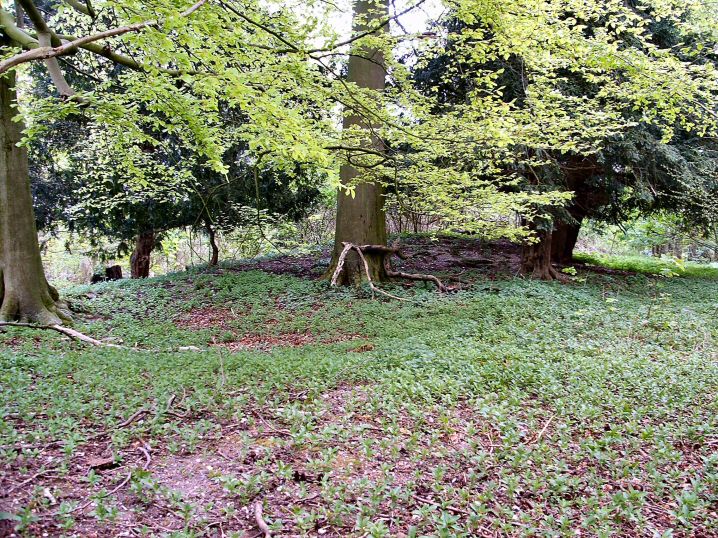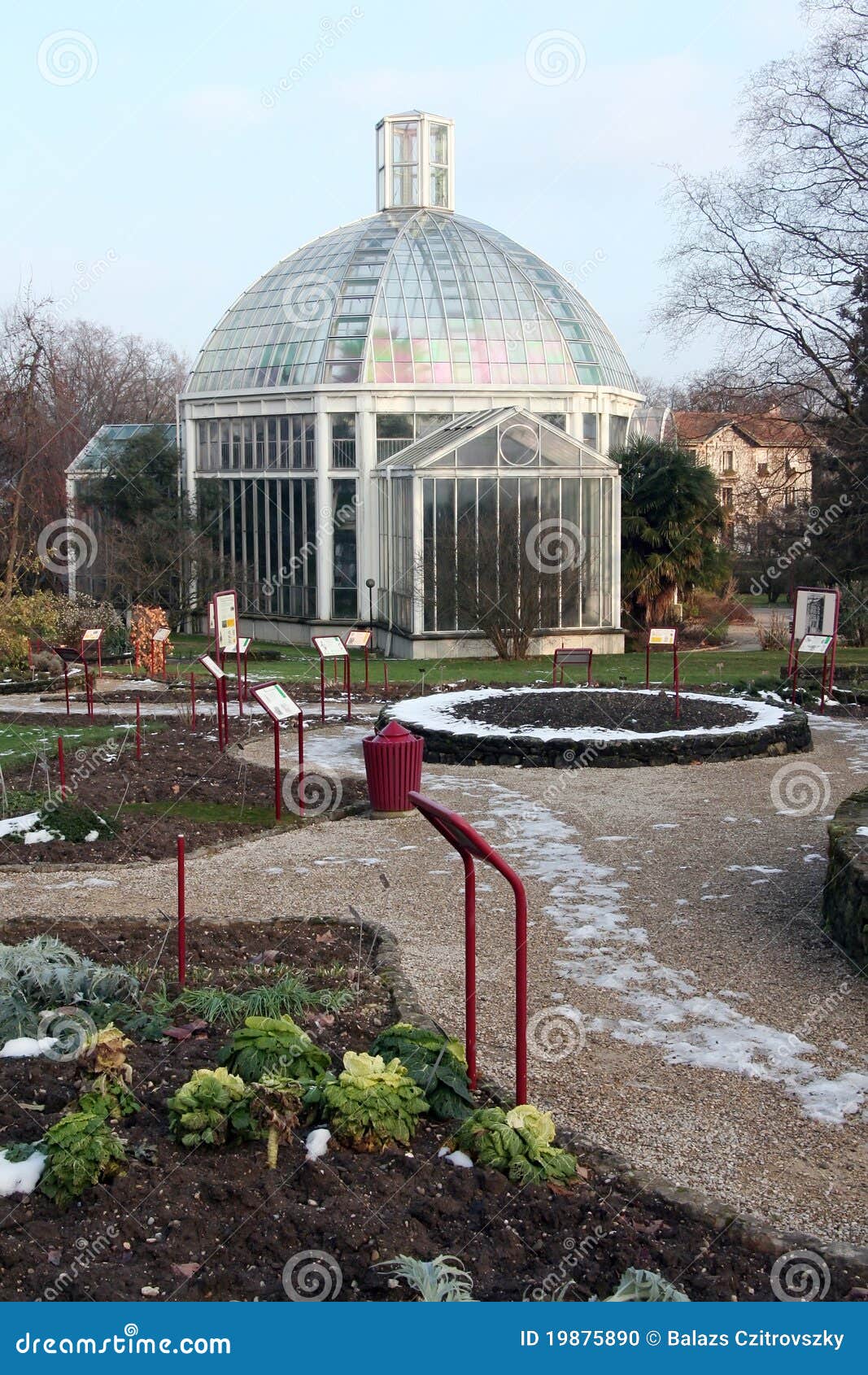Table Of Content

Since then they have been under the control of the French Foreign Ministry and a French government representative has lived on the island and has been responsible for managing both properties. In 1959 a third property, The Briars, where Napoleon spent the first two months while Longwood was being prepared, was given to the French government by Dame Mabel Brookes. Reports of its neglect reached Napoleon III who, from 1854, negotiated with the British Government for the house’s transfer to France. In 1858 it was sold to the French Government along with the Valley of the Tomb for a sum of £7,100.
Websites: Napoleon on Saint Helena (two sites)
It is surrounded by several trees, among which are 12 cypress trees planted in 1840 in memory of Napoleon's twelve great victories. Donated to France in 1959 by William Balcombe's great-grandaughter, the Pavilion des Briars was redecorated using the servants' memoirs. A small museum devoted both to Island of St Helena and to the British who witnessed Napoleon's exile was built there. Napoleon Bonaparte, the French military and political leader who rose to prominence during the latter stages of the French Revolution, was born in August 1769 and died on May 5th 1821. The physician who led the autopsy found evidence of a stomach ulcer but some people said it was the most convenient explanation for the British, who wanted to avoid criticism over their care of the Emperor.
Longwood, Saint Helena
Edmond Halley, of comet fame, made observations in the inky black starlit heavens above the island in 1677. Capt. James Cook stopped by in 1771, as did Capt. William Bligh of Bounty fame in 1792. Arthur Wellesley—better known as the Duke of Wellington, Napoleon’s nemesis at Waterloo—visited on a return trip from India in 1805.
History
Lenni Lenape and Powhatan tribes also built and lived in longhouses. A longhouse or long house is a type of long, proportionately narrow, single-room building for communal dwelling. It has been built in various parts of the world including Asia, Europe, and North America. Aumonier (Chaplain)This room was occupied at the time of Napoleon’s death by the priest Abbé Vignali, who heard Napoleon’s confession in his final days and administered to him the last rites.

When the emperor sat at this table, he insisted on preserving the protocols of his life at court. Men appeared in military dress, women in evening gowns and gems. It was an explicit denial of the circumstances of his captivity. And now Dancoisne-Martineau beckons us into the dining room, which glows with muted light from candelabra on the walls. At the consul’s invitation, James takes the emperor’s seat, in front of the marble fireplace.

Napoleon
“You may tell Bony,” the duke famously wrote to a friend after Napoleon’s arrival on St. Helena, “that I find his apartments at the Elisée Bourbon very convenient, and that I hope he likes mine at Mr. Balcombe’s,” on the island. As a result of the depredations of termites, in the 1940s the French government considered demolishing the building. New Longwood and the Balcombe's house at The Briars were both demolished at this time, but Longwood House was saved, and it has been restored by recent French curators. The stone steps at the front are the only part of the original fabric to survive.
Clowning for Novices: History and Practice With Rose Carver
One can’t help but feel dwarfed in his company, not just by his nearly quarter-ton weight but by his historical presence. Yet we have come to feel that the real historic markers of the island might be more than its crumbling forts or rusting cannons, but also its living—and breathing—heritage. For example, in the public grounds of the Castle Gardens are gnarled banyan trees that Napoleon would have passed under on his way to his first night on land. At Longwood, two ancient cypress trees hold court over the entrance, and an evergreen oak sweeps its branches to shade the billiard room veranda. Napoleon knew these trees, felt their shade as he wiped sweat from his brow and rested from his garden labors.
It was in this room that Napoleon’s body was presented on the evening of 6 May after the autopsy and where visitors came to pay their last respects. In 1854, Napoleon III negotiated with the British governement to buy back Longwood House and the Valley of the Tomb which became French property in 1858. Administered by the Foreign Affairs Minister, these two estates restored to their 1821 appearance are now open to the general public. Composed of a few rooms, Longwood House features a collection composed of a few remaining pieces of the house's original furniture, souvenirs of the Emperor and works of art reminiscent of his incredible destiny. The outbuildings adjoining the house that accomodated Napoleon's companions are inhabited today by the Honorary Consul of France, curator of the French estates of Island of St Helena.
Longwood "was originally a farm belonging to the East India Company and was afterwards given as a country residence to the Deputy-Governor."[1] It was converted for the use of Napoleon in 1815. The British government eventually recognized its inadequacy as a home for the former emperor and his entourage and, by the time of his death, had built a new house for him nearby, which he never occupied. The building of the new house only began in October 1818, three years after Napoleon's arrival on the island.
Smoke Detectors Alert Residents In Thursday Morning House Fire - First State Update
Smoke Detectors Alert Residents In Thursday Morning House Fire.
Posted: Thu, 18 Jan 2024 08:00:00 GMT [source]
He lived there from 10 December 1815 until his death on 5 May 1821.Located on the Longwood plateau, this isolated site which is difficult to access was the ideal location for a would-be prison. I want this to last after me, said the smiling 49-year-old as his dog Papillion (Butterfly) lay at the foot of the bed where France’s greatest military hero died. One of the few Frenchmen on the British island of just 4,200 people, Dancoisne-Martineau manages a 162Km² plot of French territory. Jamestown (AFP) -- Michel Dancoisne-Martineau knows that the story of Napoleon’s life in exile is timeless -- and irresistible. In 2021 the key to Napoleon’s bedroom was discovered in Scotland (not ours - the one in the UK) and auctioned for £89,000. In 1959 a third property, the Briars Pavilion, where Napoleon spent the first two months while Longwood was being prepared, was given to the French Government by its owner, Dame Mabel Brookes.
Chambre à coucher de l’Empereur (The Emperor’s Bedroom)Napoleon did not always sleep here, he sometimes slept in his Study on one of his campbeds. Around the 26 April 1821, a bed was moved to the Drawing Room where he remained until he died on 6 May. Salon (The Drawing Room or Parlour)Beyond the Billiard Room was the Drawing Room. This is the room where Napoleon died at 5.49pm on 5 May 1821. There is a door at either end, 2 windows on one side and a marble fireplace on the opposite side.
About the first thing he did when he arrived was to get in the bath. This was possibly Napoleon’s favourite place; he sometimes ate and read in here. The bath itself has had a life of its own - in 1840 it was taken back to France, but has now been restored to its original place. Originally built by Governor Dunbar in 1743 as a storage barn, and formerly the summer residence of the Lieutenant Governor Lt. Gen. John Skelton and his wife Mary Moore Cassamajor Skelton, it was converted for the use of Napoleon in 1815.
Napoleon would sometimes dictate while pacing up and down, his hands behind his back. Napoleon made two holes in the shutters with his knife to enable him to observe the watchmen and the coming and going of the British. The valets, Marchand and Ali, and the housekeeper, Cipriani, made some basic improvements to the interior comfort. The British government also sent some extra furniture from the United Kingdom. Napoleon designed the gardens himself and his arrangement is still visible today. A winding footpath leads the visitor to Napoleon's tomb which is surrounded by railings topped by spear-heads.
The longhouse had a 3-metre-wide (9.8 ft) central aisle and 2-metre-wide (6.6 ft) compartments, about 6 to 7 metres (20 to 23 ft) long, down each side. Hearths were spaced about 6 to 7 metres (20 to 23 ft) apart down the aisle, with smoke holes in the roof. To reach Longwood, visitors had to have the governor’s permission and a hearing notice from the Grand Marshall, General Bertrand. Count Montholon or General Gourgaud would receive visitors in uniform on the veranda and would accompany them to the billiard room which was used as an antechamber. This, the biggest room in the house, was the most appropriate for exercise.
With his glasses and impish smile, he looks every inch the roguish professor you wish you’d had for history class. As the honorary French consul on the British island of St. Helena, he oversees Longwood House, Napoleon Bonaparte’s home in exile from 1815 to 1821, the last years of his life. Old longhouses in Asia were made of tree trunks as structure members, long leaves as the roof cover, split bamboo or small tree trunks as the flooring and tree bark as the wall coverings. In the past, longhouses were primarily made out of timber sourced from trees such as Eusideroxylon zwageri (Bornean ironwood) so the longhouses were able to stand firm and durable. In modern times many of the older longhouses have been replaced with buildings using more modern materials, like brick or cement, but of similar design. Salle à manger (Dining Room)Beyond the Drawing Room was the Dining Room.







